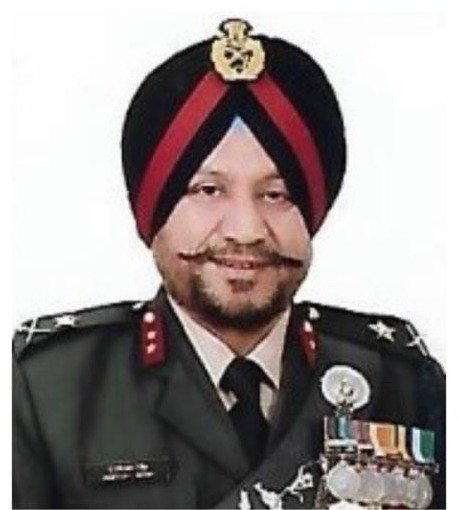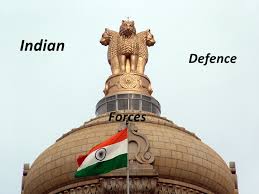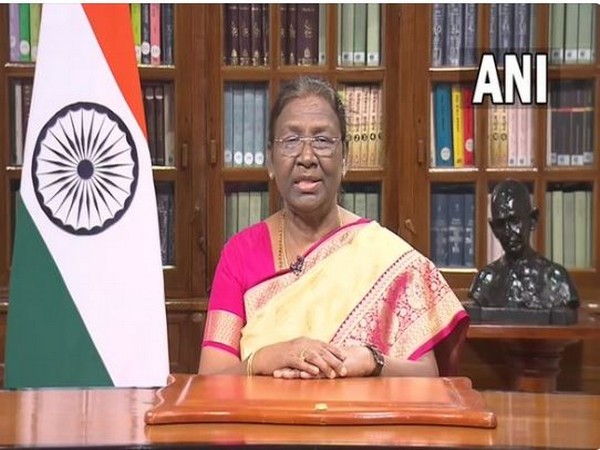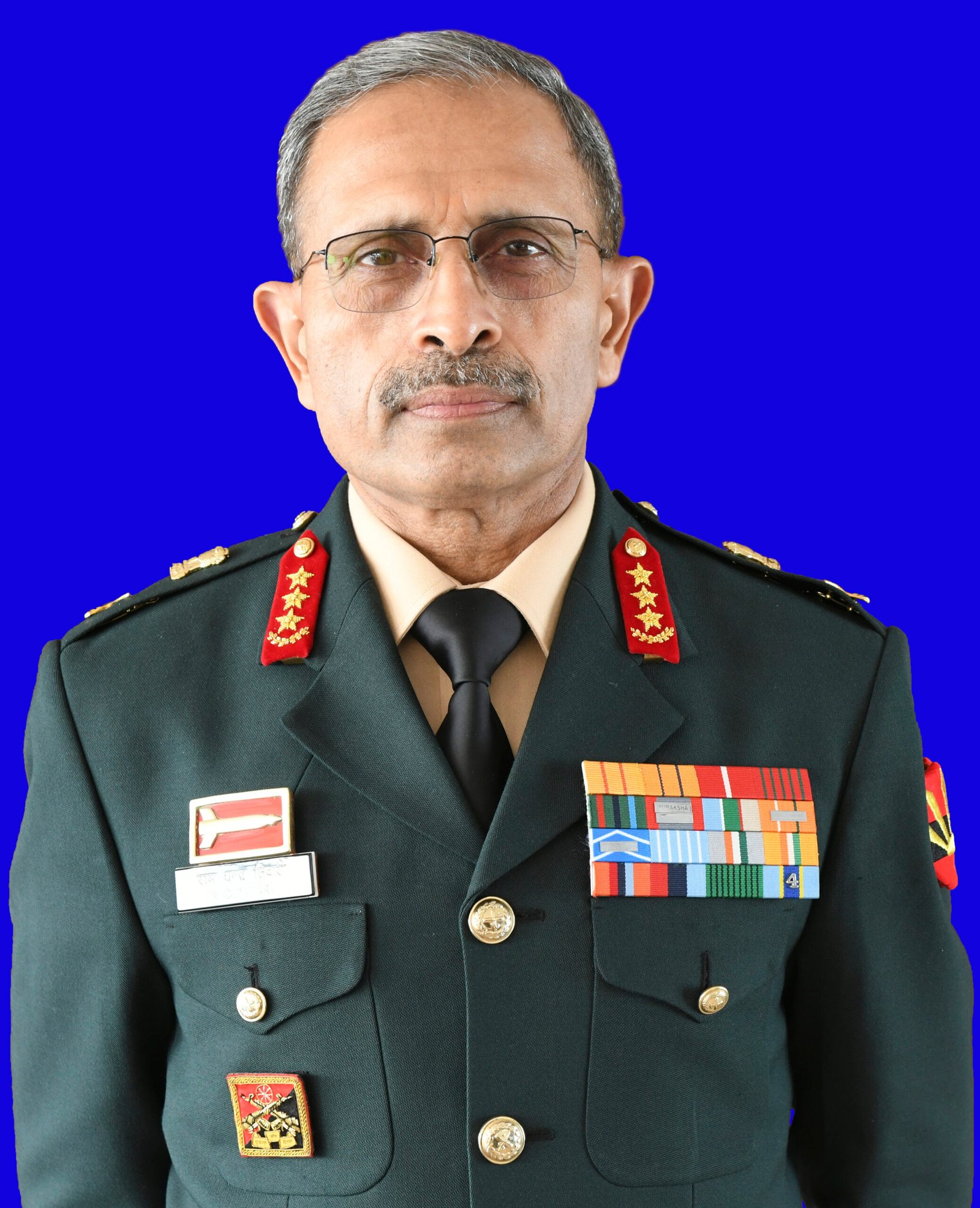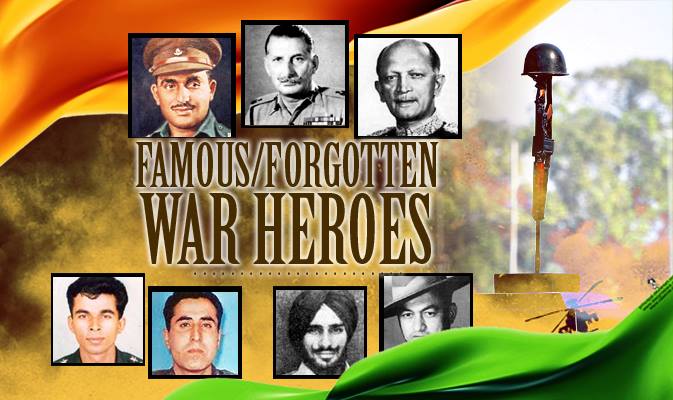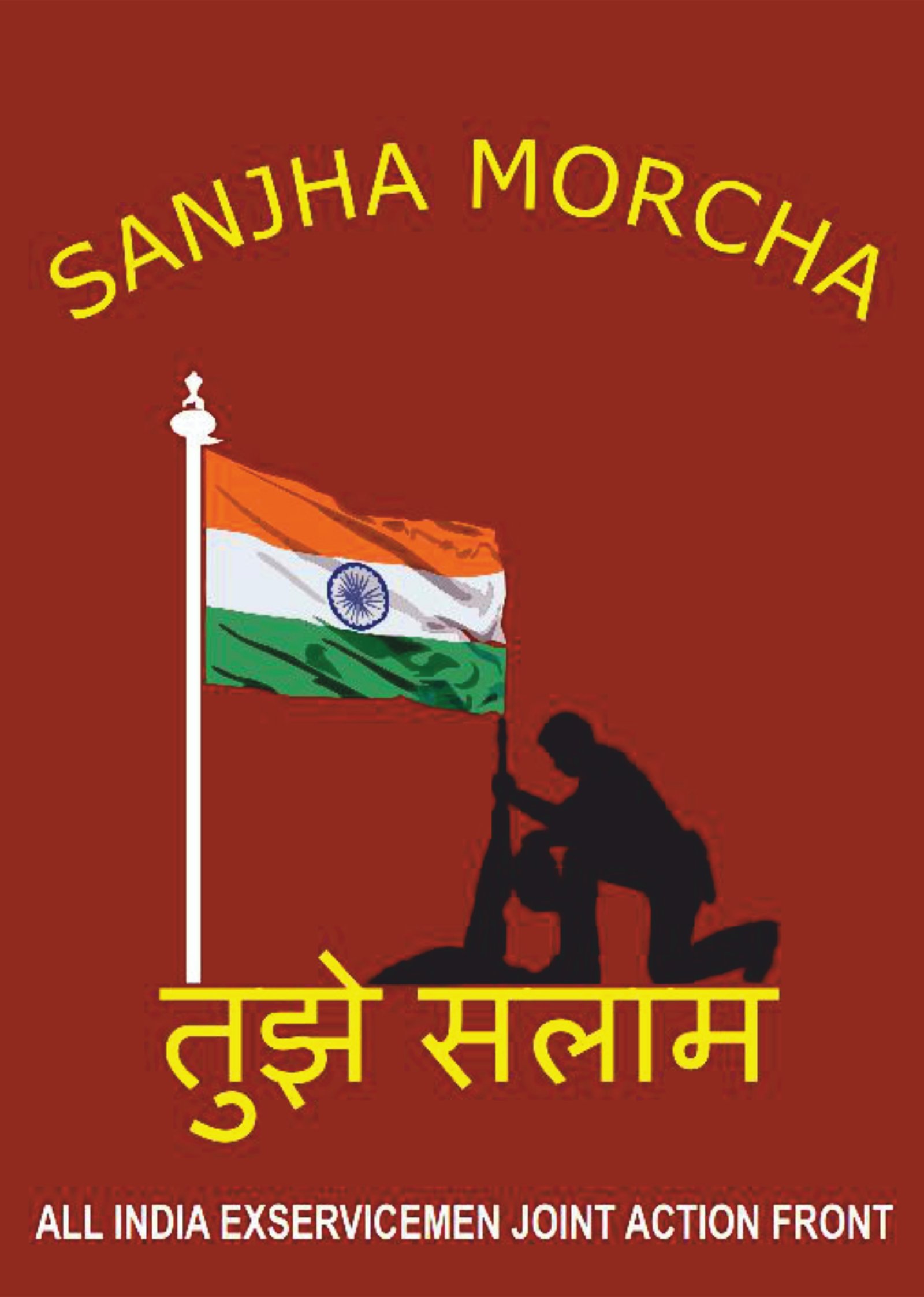




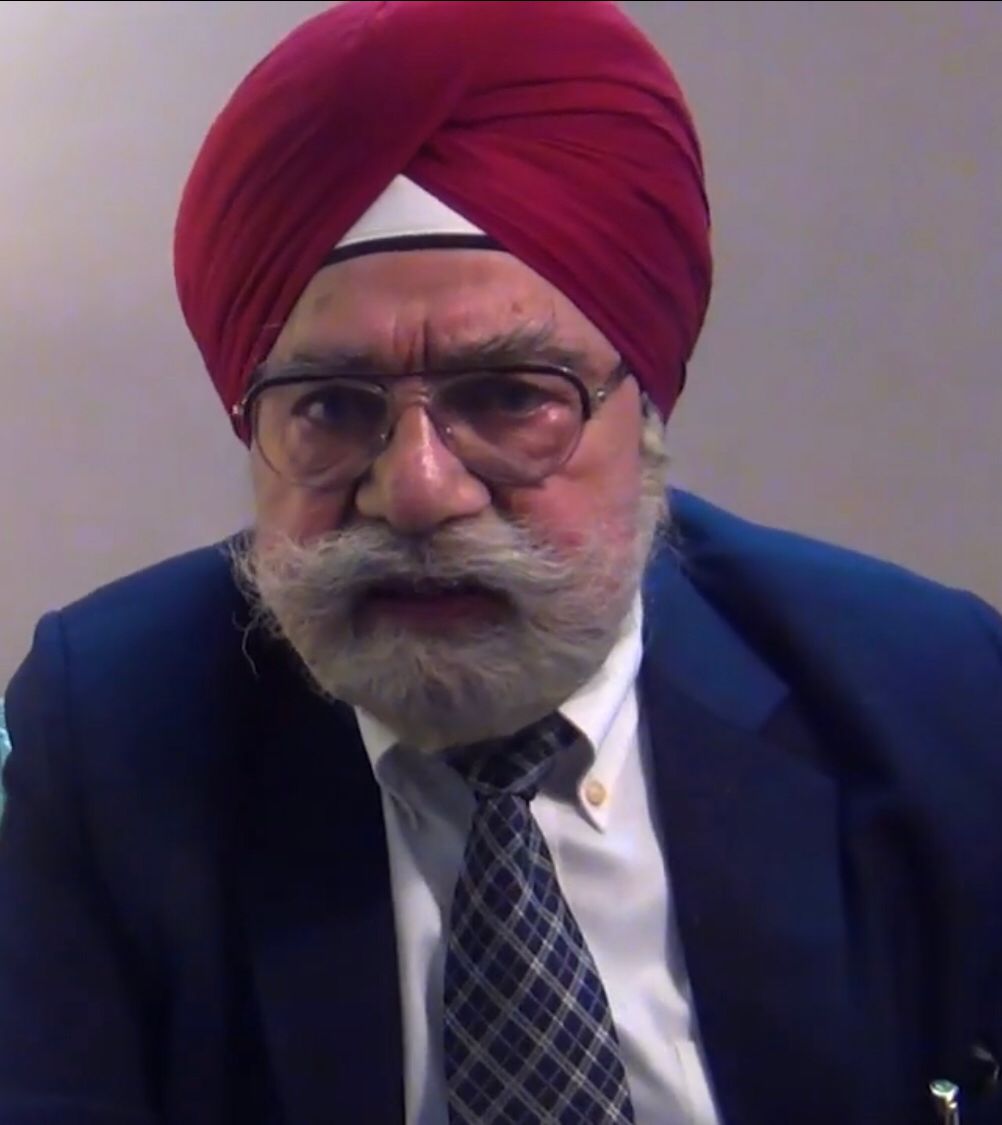

While the policy of the government to deal with naxalite activities is comprehensive, setting a timeline to eliminate violence in a low-intensity conflict is best avoided.
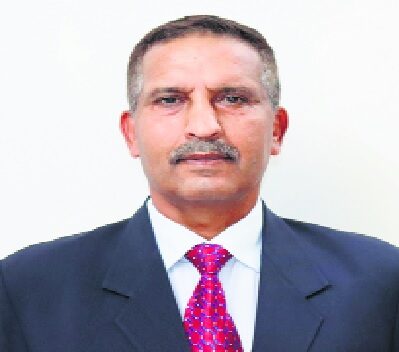

The Central government has reiterated in multiple forums since early 2024 that left-wing extremism (LWE) would be eradicated from the country by March 31, 2026. It has asserted that the entire ecosystem of naxalism would have to be destroyed with a ruthless approach. Interestingly, the Director General of Police, Odisha, emphasised this deadline on the Police Commemoration Day last year: “I am confident that Odisha police is capable of meeting this deadline.” He added that the LWE activities were now limited to very few pockets of the state and they would be eliminated soon.
Such an assertion by the government can, at best, be taken as a political statement intended to influence a targeted audience in a specific context. However, it is disconcerting to note this deadline being repeated by security forces personnel at the apex level, responsible to direct the anti-naxal campaign in the affected areas.
Undoubtedly, the security forces combating LWE in the eastern parts of India need to be complimented for the recent notable successful operations against the naxals, especially in targeting their leadership. On March 20, in two separate encounters in Chhattisgarh’s Bastar region, security forces gunned down 30 Maoists, taking the total to 113 this year so far.
As per a statement in Parliament by the MoS Home, LWE in the country has been contained in a significant manner in the last one decade in that the number of affected districts has come down to 38 from 126 in 2013 and violence-related incidents have reduced by 73 per cent since 2010.
Irrespective of the recent successes notched up by the security forces, a realistic assessment of the conflict is imperative so as to avoid knee-jerk reactions by the security establishment. A number of LWE outfits have been operating in remote and poorly connected eastern areas of the country for decades. While LWE is a socio-economic problem, aimed to bring in a revolutionary democracy, it had assumed alarming proportions after 1999. The naxals had acquired significant capabilities to launch multiple coordinated attacks, executed with military precision by a large strength of cadres after detailed planning, reconnaissance and notable synergy.
In April 2009, hundreds of cadres had even hijacked a train in Jharkhand. The attack on Nayagarh town in Odisha (February 15, 2008), when naxals overran three police stations and killed 13 policemen and two civilians and decamped with 1,100 weapons should not be forgotten.
They still have IED manufacturing units to maintain a continuous supply and wreak havoc on the civilians as well as security forces in the affected areas. An IED blast at Bijapur in Chhattisgarh on March 23 is a reflection of this capability. Destruction of infrastructure, levying of taxes and cess on narcotics plantation are being resorted to with impunity.
The naxals are also known to have domestic, regional and international linkages. The current volatile situation in Bangladesh and the increasing influence of Pakistan in its domestic and foreign policies can further complicate the situation. It is only a matter of time before the ISI steps in to exploit the situation to its advantage, with the aim of achieving its objective of destabilising India.
We need to remember that conflicts get transformed over a period of time with very significant evolutionary effects, which may lead to changes in the original goals of the movement, public attitude, external support, intensity levels and methods of operation of extremist cadres. An analysis of the current trends of naxalism is also indicative of the profound changes that have occurred in the very character of this conflict. It is imperative to identify and understand such a process so that the state response to the conflict can be suitably adapted.
It is apparent that the factors which gave rise to naxalism — the extent of poverty, uneven development, poor governance, neglect of land reforms, rising unemployment and tribals getting a raw deal — are, unfortunately, very much present today also. Land reforms, an important facet of countering left wing extremism, have not been taken up by the states. Unless these basic issues are sincerely addressed, a security-centric approach by itself would not be enough to deal with the problem.
The employment of the security forces is but one element of the integrated government response to deal with the problem of LWE. It entails the concurrent application of all elements of national power to address the root causes over a protracted period of time. Imaginative application of the security forces constitutes an indispensable component of the national strategy for creating secure conditions that are conducive for other elements of national power to function. Security and development are interlinked and inseparable. In the long term, a fine balance between the two has to be maintained as a way forward.
While the policy and approach of the government to deal with naxalite activities are multi-pronged and comprehensive, setting a timeline to totally eliminate violence in a low intensity conflict is best avoided. Pressure on units at the functional level can lead to violation of human rights and collateral damage.
We need to expect and plan for a long struggle, despite the reduction in violence levels. It takes time to develop organisations and formulate and implement the policies necessary for the campaign, which now have matured after a long period of evolution. The process of identifying and rooting out the naxal infrastructure and locating and bringing them to battle is long and drawn out.
The security forces have a critical role to see that the situation is not reversed and continue to relentlessly pursue further improvement in the security situation. The gains of the last few years need to be consolidated. Dramatic action to create a short-term effect or give the impression of decisive action usually proves counter-productive in such situations.
Pakistan’s survival depends not on forced uniformity but on unity in diversity.


FOR decades, Pakistan’s ruling class has blamed foreign conspiracies for the country’s turmoil, conveniently ignoring the fractures within.
But the truth is, you cannot silence a storm by shutting your windows. The unrest in Balochistan, the resentment in Sindh, and the frustration in Khyber Pakhtunkhwa are not the result of external forces alone; they are the inevitable consequences of a state that has refused to listen, choosing coercion over conversation.
The ghosts of our past haunt us still. Mir Ahmad Yar Khan, the last Khan of Kalat, signed the accession under duress, and his people were left without a voice.
Nawab Akbar Bugti’s assassination did not quell resistance — it turned him into a martyr. Babu Nowroz, who died on a hunger strike in protest; Sardar Ataullah Mengal and GM Syed, once symbols of hope, later labelled as “traitors”; Hyder Bux Jatoi and Rasool Bux Palijo, who dedicated their lives to Sindh’s rights but were sidelined — their stories are not mere footnotes.
These are chapters in a long history of broken promises and betrayed alliances. Even those who sought peaceful means to bring about change — Khan Abdul Ghaffar Khan, the ‘Frontier Gandhi’, and his son Abdul Wali Khan — were met with state brutality rather than dialogue. Taj Muhammad Langah’s calls for Siraiki identity and Nawabzada Nasrullah Khan’s demands for fairness were reduced to mere whispers drowned out by louder accusations of treachery.
When allies are treated as adversaries and legitimate grievances are met with bullets, resentment does not disappear — it deepens.
The rise of the Balochistan Liberation Army (BLA), the flames of unrest in the three provinces and the growing anger in south Punjab and the former tribal areas — these are not isolated incidents of ‘terrorism’. They are the bitter fruit of policies that have long prioritised suppression over justice.
Pakistan remains a country of two realities: in one, the elite of Lahore and Islamabad thrive, enjoying the spoils of development; in the other, Balochistan’s minerals are extracted, Sindh’s waters are diverted and Khyber Pakhtunkhwa’s valleys are exploited, while their people are left in poverty.
A rent-seeking economy serves the powerful, while the marginalised are told to tighten their belts. But hunger has no patience for empty slogans.
The obsession with kinetic solutions — military operations instead of dialogue, bullets instead of ballots — has only added fuel to the fire.
When Bugti was buried after a military operation, when Mengal was thrown into jail and when GM Syed was confined to his hometown, what was expected? That people would remain silent? That they would thank the state for their oppression? A dog kicked too many times will eventually bite back. A people pushed to the brink will rise.
This is not a simplistic battle between good and evil. It is a question of fairness. Pakistan was envisioned by Quaid-e-Azam Muhammad Ali Jinnah as a federation, not a fiefdom.
Yet, power remains concentrated in the hands of Punjab’s elite, while smaller provinces are forced to beg for their rightful share.
A house built on exploitation cannot stand forever. The coerced accession of Kalat, the assassination of Bugti and the marginalisation of the Red Shirts — these are not relics of the past. They are open wounds that continue to fester.
The way forward is clear, but it requires courage. We must start listening instead of lecturing. The state must honour its social contract: give provinces their fair share of resources, respect their cultural identities and replace suspicion with solidarity.
The BLA’s guns will fall silent only when the state extends an open hand instead of a clenched fist. As the saying goes, “A wound ignored festers; a wound healed becomes a scar of resilience.”
Pakistan’s survival depends not on forced uniformity but on unity in diversity.
Let Lahore’s prosperity be shared with Sindh and Balochistan. Let the institutions responsible for national security protect citizens instead of punishing them.
Until then, the fire will continue to rage — and no amount of flag-waving will hide the smoke. The choice before us is clear: evolve or unravel.
Munim Ali Khan, a mechanical engineer, explores the polymathic nature of humans, philosophy, politics and economics.
3 security personnel hurt as forces come under heavy fire in forest

Three Jammu and Kashmir Police personnel and three militants were killed while three security men were injured in an encounter in a thick forest near Jakhole village of Ghati Juthana in J&K’s Kathua district on Thursday.
The security forces, including the Army, launched a combing operation after being alerted by villagers about suspicious movement in the area, said officials.
Sources said the hiding terrorists, carrying sophisticated weapons and learnt to be highly trained and of Pakistani origin, fired indiscriminately at the security personnel, injuring five of them, including Sub-Divisional Police Officer Dheeraj Katoch. Katoch and three other police personnel were the first to reach the area and came under heavy fire from the militants. During the encounter, a head constable and two constables were killed, said sources.
No official statement was released by the police till the filing of this report. The injured included a jawan of Special Forces of the Army and two policemen.
Sources in the Military Intelligence said the militants were most likely the same group that was involved in an encounter at Sanyal village of Hiranagar in Kathau on Sunday. “The militants were probably trying to reach the higher reaches so as to escape to other areas. However, they were spotted by the locals, who alerted the security forces,” the sources said.
Even on Tuesday, a woman had spotted two suspects in Army fatigue in Ding Amb belt, after which the police were alerted.
The Ghati Juthana area is nearly 35 km from the International Border with Pakistan in Kathua from where the terrorists are believed to have infiltrated.
The Army is learnt to be using UAVs, sniffer dogs and other technical assistance to trace the militants, who have been frequently changing positions.
Advertisement
ਪਠਾਨਕੋਟ ’ਚ ਫੌਜ ਨੇ ਪੰਜਾਬ ਪੁਲੀਸ ਦੇ ਸਿਪਾਹੀਆਂ ਨੂੰ ਬੰਦੀ ਬਣਾ ਕੇ ਕੰਟਟਿਆ ਕਿਉਂ ਸੀ। ਐਸ.ਐਸ.ਪੀ. ਨੇ ਕਿਵੇਂ ਦਖਲ ਦੇ ਕੇ ਆਪਣੇ ਸਿਪਾਹੀਆਂ ਨੂੰ ਬੜੀ ਮੁਸ਼ਕਿਲ ਨਾਲ ਛੁਡਾਇਹਆ ਸੀ।
ਭਾਰਤੀ ਸੈਨਾ ਦੇ ਬ੍ਰਿਗੇਡੀਅਰ ਕੇ.ਐਸ. ਕਾਹਲੋਂ ਨੇ ਸਾਂਝੇ ਕੀਤੇ ਬੜੇ ਹੀ ਰੌਚਕ ਕਿੱਸੇ। ਭਾਰਤੀ ਸੈਨਾ ਅਤੇ ਸੂਬਿਆਂ ਦੀ ਪੁਲੀਸ ਦਰਮਿਆਨ ਤਾਲਮੇਲ ਕਿਉਂ ਤੇ ਕਿਵੇਂ ਜ਼ਰੂਰੀ ਹੁੰਦਾ ਹੈ। ਸੈਨਾ ਤੇ ਪੁਲੀਸ ਦਰਮਿਆਨ ਟਕਰਾਅ ਦੇ ਕਿਵੇਂ ਭਿਆਨਕ ਸਿੱਟੇ ਨਿੱਕਲਦੇ ਹਨ। ਇਸ ਤੋਂ ਕਿਵੇਂ ਬਚਿਆ ਜਾ ਸਕਦਾ ਹੈ।
ਜੰਮੂ ਕਸ਼ਮੀਰ ਦੇ ਪੂੰਛ ਇਲਾਕੇ ’ਚ ਐਸ.ਪੀ. ਅਤੇ ਪਰਿਵਾਰ ਦੀ ਜਾਨ ਫੌਜ ਨੇ ਕਿਵੇਂ ਬਚਾਈ ਸੀ। ਰਾਂਚੀ ’ਚ ਸੰਸਦ ਮੈਂਬਰ ਦੇ ਘਰ ਨੂੰ ਅੱਗ ਲਾਉਣ ਆ ਰਹੇ ਹਜ਼ੂਮ ਨੂੰ ਦੇਖਕੇ ਜਦੋਂ ਸਥਾਨਕ ਪੁਲੀਸ ਦੌੜ ਗਈ ਤਾਂ ਕੇ.ਐਸ. ਕਾਹਲੋਂ ਦੀ ਅਗਵਾਈ ਹੇਠ ਫੌਜ ਨੇ ਸਥਿਤੀ ਨੂੰ ਕਿਵੇਂ ਸੰਭਾਲਿਆ।
ਫੌਜ ਦੇ ਜਵਾਨਾਂ ਇੱਥੋਂ ਤੱਕ ਕਿ ਅਫ਼ਸਰਾਂ ਨਾਲ ਪੁਲੀਸ ਸਮੇਤ ਪੰਜਾਬ ਸਰਕਾਰ ਦੇ ਵਿਭਾਗ ਕਿਸ ਤਰ੍ਹਾਂ ਦਾ ਵਿਵਹਾਰ ਕਰਦੇ ਹਨ।
ਪ੍ਰਤਾਪ ਸਿੰਘ ਕੈਰੋਂ ਦੇ ਨਿਰਦੇਸ਼ਾਂ ’ਤੇ ਗੁਰਦਾਸਪੁਰ ’ਚ ਇੱਕ ਫੌਜੀ ਅਫ਼ਸਰ ’ਤੇ ਮਕਾਨ ’ਤੇ ਪੁਲੀਸ ਨੇ ਕਿਵੇਂ ਕਬਜ਼ਾ ਛੁਡਵਾਇਆ ਸੀ।


These are the 4 main COWARDS of Punjab Police who were drunk with power and Alcohol who attacked and injured a serving Colonel of the Indian Army and his son mercilessly in Patiala. SHAME ON PUNJAB POLICE who rather than dismissing these COWARDS is threatening the family of the Colonel to reach a compromise. MATTER OF UTTER SHAME N DISGUST.
VETERAN COL SADHU SINGH SOHI : DGP CAME TO ARMY CDR TO APPOLIGISE




